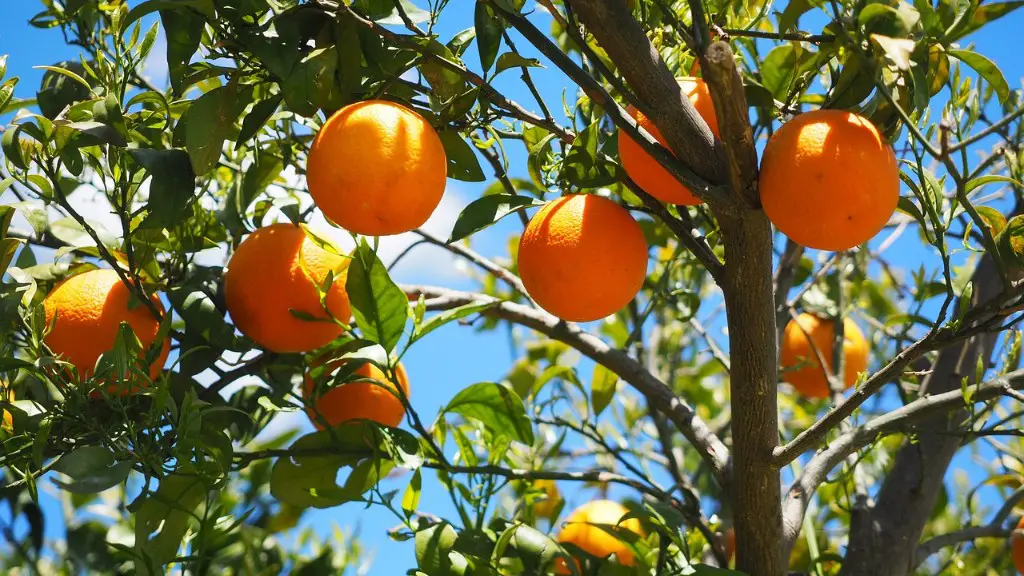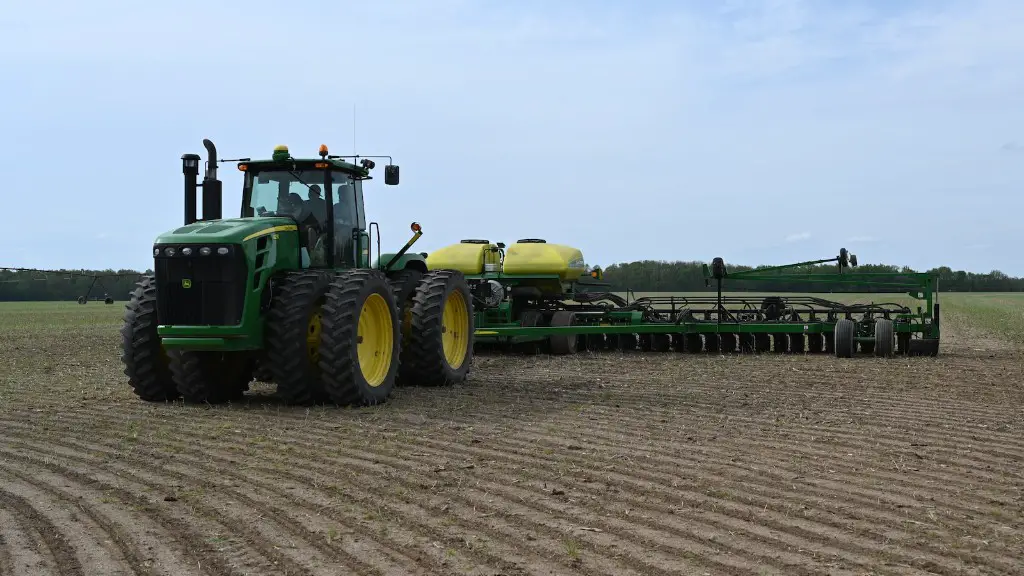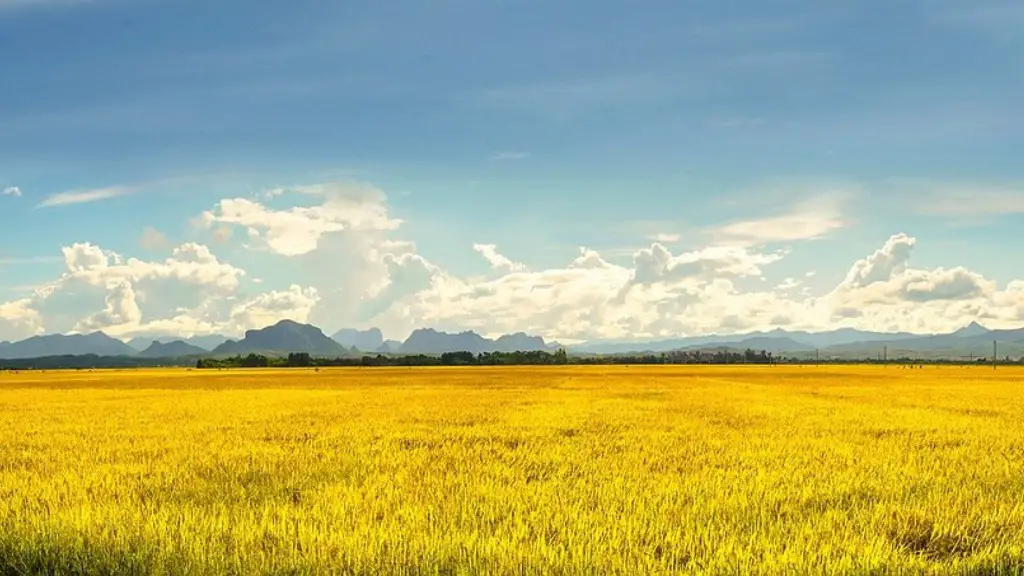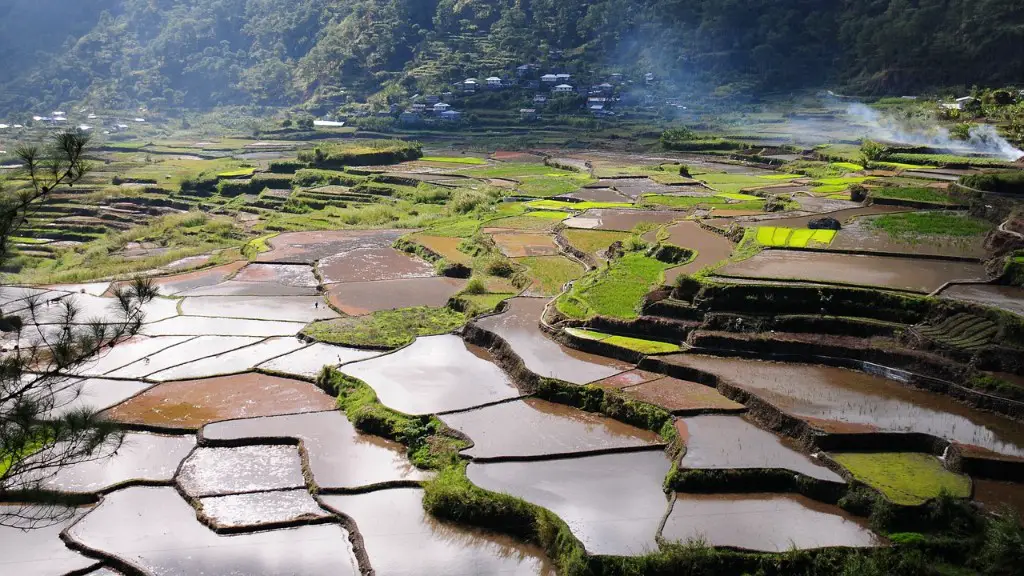In a rapidly changing climate, agriculture must adapt to new conditions or face reduced production, increased costs, and declining incomes. Many factors – including new and emerging pests and diseases, droughts, floods, and extreme weather events – can jeopardize the well-being of crops, livestock, and fish. Agricultural adaptation can take many different forms, but all options share a common goal – to help agriculture deal with climate variability and change, while continuing to provide the food, feed, fuel, and fiber that society needs.
One promising approach to adaptation is “climate-smart agriculture” (CSA). CSA is an approach to managing agricultural systems in a way that improves resilience to climate change while simultaneously reducing greenhouse gas emissions and enhancing productivity. CSA reflects a systems approach that takes into consideration the interacting physical, biological, socio-economic, and political components of agricultural systems.
Climate-smart agriculture (CSA) is an approach for transforming and reorienting agricultural systems to effectively support development and ensure food security in a changing climate. CSA relies on an approach that integrates three main goals: sustainably increasing agricultural productivity and incomes, adapting and building resilience to climate change, and reducing and/or removing greenhouse gas emissions where possible.
What is climate change smart agriculture?
Climate-smart agriculture (CSA) is an approach to managing landscapes—cropland, livestock, forests and fisheries—that address the interlinked challenges of food security and climate change. CSA aims to make agriculture more resilient to climate variability and extremes, while enhancing productivity and reducing greenhouse gas emissions. CSA includes a range of practices and technologies, such as drought-resistant crops, irrigation systems that use less water, and more efficient use of fertilizer.
CSA is an important part of the solution to the challenges of climate change and food security. With a growing world population and changing diets, CSA can help meet the demand for food while making agriculture more resilient to climate variability and extremes.
Climate smart agriculture is a way of producing food that is more resilient to the effects of climate change, while also reducing greenhouse gas emissions. It is a holistic approach that takes into account the entire food system, from the way crops are grown to the way they are transported and consumed.
There are many different ways to practice climate smart agriculture, and the best approach will vary depending on the local climate and conditions. Some common practices include using more efficient irrigation systems, planting drought-resistant crops, and using cover crops to improve soil health.
What is the vision of climate smart agriculture
Climate-smart agriculture (CSA) is an approach to food production that seeks to mitigate and adapt to the effects of climate change. CSA has three primary objectives: to sustainably increase agricultural productivity and incomes; to strengthen the resilience of agricultural systems to climate change; and to reduce or remove greenhouse gas emissions from the agricultural sector.
CSA is an important part of the solution to the challenges of climate change and food security. It can help us to produce more food with less impact on the environment, while also making agriculture more resilient to the effects of climate change. CSA is an approach that is applicable to all types of agriculture, in all parts of the world.
There is no single silver bullet for addressing the issue of land degradation. This can be done by implementing targeted and adapted sustainable soil and land management practices and selecting the most appropriate land-use systems for a given environment.
In order to be effective, any approach to tackling land degradation must be tailored to the specific conditions and problems of the area in question. One size does not fit all. What works in one place might not work in another.
That said, there are some general principles that can be applied in most cases. These include:
-Improving the efficiency of land use
-Restoring and rehabilitating degraded land
-Preventing further degradation
-Managing land resources in a way that is compatible with the needs of local people
What are the 3 pillars of climate-smart agriculture?
Climate Smart Agriculture (CSA) is a newer understanding that incorporates three specific goals: sustainably increasing productivity and income, increasing adaptation, and reducing greenhouse gas emissions below business as usual. CSA is a more holistic and integrated approach to agriculture that takes into account the interconnectedness of the three pillars.
Climate-smart agriculture (CSA) is an approach to achieving sustainable development in the agricultural sector. It involves using a combination of practices and technologies that help farmers to increase productivity and incomes, while also adapting to and mitigating the effects of climate change.
CSA interventions can take many different forms, but all seek to achieve three key outcomes:
1. Sustainably increasing agricultural productivity and incomes
2. Adapting and building resilience to climate change
3. Reducing and/or removing greenhouse gas emissions, where possible.
There are many different ways to achieve these outcomes, and the most appropriate approach will vary depending on local conditions and needs. However, all CSA interventions share a common goal of making agriculture more climate-resilient and productive, while also reducing emissions where possible.
Who invented climate-smart agriculture?
FAO’s Climate Change and Sustainable Agriculture (CSA) program is a holistic approach to addressing the challenges of climate change. The program focuses on 14 themes, including: (1) climate-smart agriculture; (2) food security and nutrition; (3) water security; (4) disaster risk reduction; (5) sustainable land management; (6) sustainable fisheries and aquaculture; (7) sustainable forestry; (8) biodiversity; (9) sustainable livestock; (10) climate-smart landscapes; (11) green growth; (12) clean energy; (13) knowledge, information, and extension; and (14) monitoring, evaluation, and reporting. The CSA program is designed to help countries achieve their sustainable development goals, including the Paris Agreement on climate change.
The multiple challenges farmers face are becoming more and more difficult to manage and adapt to. With climate change, extremes of heat and cold, droughts and floods, and unpredictable rainfall patterns are becoming more common and intense. In addition, salinization of soils from rising sea levels is making it difficult to grow crops, and new pests and diseases are making it difficult to protect crops. Farmers are having to work harder than ever to maintain their livelihoods, and it is becoming increasingly difficult to do so.
What are examples of climate-smart agriculture technologies
Climate-smart agriculture (CSA) is an approach to regenerative agriculture that helps farmers adapt to and mitigate the effects of climate change. CSA includes techniques such as agroforestry, intercropping, conservation agriculture, crop rotation, integrated crop-livestock management and improved water management. These practices can help farmers improve yield, reduce inputs costs, and build resilience to climate extremes.
Climate-smart agriculture (CSA) is a holistic approach to managing landscapes and producing food, fibre, fuel and other ecosystem services in a changing climate. CSA aims to simultaneously achieve three objectives: 1) sustainably increasing agricultural productivity and incomes, 2) adapting and building resilience to climate change, and 3) reducing and/or removing greenhouse gases emissions, where possible.
CSA represents a shift from reactive to proactive responses to climate change. Rather than simply attempting to cope with the impacts of climate change, CSA seeks to take advantage of new opportunities presented by a changing climate, while mitigating the risks posed by climate change. CSA is an evolutionary process that is different for every farm, ranch or forest and will continue to evolve as our understanding of climate change and its impacts evolve.
What are the three main goals of sustainable agriculture?
Sustainable agriculture is a type of agriculture that focuses on the three main goals of environmental health, economic profitability, and social equity. A variety of philosophies, policies and practices have contributed to these goals, but a few common themes and principles weave through most definitions of sustainable agriculture. Some of these common themes and principles include the use of renewable resources, the efficient use of resources, and the conservation of natural resources.
Smart farming is an important tool that farmers can use to better understand their production environment and make more efficient use of resources. By understanding the factors that affect crop production, farmers can more easily identify ways to improve their yields and conserve resources. While smart farming is not a panacea for all of agriculture’s ills, it can be an important part of creating a more sustainable and profitable industry.
What are the 5 main components of sustainable agriculture
Sustainability is about meeting the needs of present generations without compromising the ability of future generations to meet their own needs. In the context of food and agriculture, this means producing enough food to nourish the world’s people while conserving and renewing the natural resources that support food production.
The five key principles of sustainability for food and agriculture are:
1. Increase productivity, employment and value addition in food systems
2. Protect and enhance natural resources
3. Improve livelihoods and foster inclusive economic growth
4. Enhance the resilience of people, communities and ecosystems
5. Adapt governance to new challenges.
Agriculture is the main source of livelihood for people in rural areas and is highly vulnerable to climate change. The Climate-Smart Village (CSV) Approach is an initiative started in 2016 to help those villages which were hard hit by climate change to increase agriculture productivity and enhance incomes. The approach focuses on providing knowledge and developing capacities of the farmers on climate-smart agriculture (CSA) practices. It also promotes the use of climate-resilient crop varieties and water-efficient irrigation systems. In addition, the CSV Approach focuses on comprehensive watershed management to improve water security. The goal of the CSV Approach is to make agriculture more resilient to climate change and help farmers adapt to a changing climate.
What is the difference between sustainable agriculture and climate-smart agriculture?
Sustainable intensification (SI) and climate-smart agriculture (CSA) are two closely interlinked concepts. The main difference is the focus in CSA on outcomes related to climate change adaptation and mitigation. SI contributes to both adaptation (building ecosystem services, increasing farm incomes) and mitigation (increasing efficiency of resource use, reducing greenhouse gas emissions).
Climate change can have a number of impacts on food availability, access to food, and food quality. For example, higher temperatures, changes in precipitation patterns, and reductions in water availability can all result in reduced agricultural productivity. This can in turn lead to higher food prices, and reduced access to food for those who are already vulnerable. In addition, climate change can also affect food quality, by causing changes in the nutrient content of crops, and increasing the spread of foodborne diseases.
Final Words
Climate smart agriculture (CSA) is an approach to increase the resilience of small-scale farmers to climate variability and extreme weather events through a combination of improved crop husbandry, water management, agroforestry and use of weather information.
In conclusion, climate smart agriculture is a set of practices that help farmers adapt to climate change, while also reducing greenhouse gas emissions and improving soil health. It is an important tool in the fight against climate change, and one that we must all learn more about and support.





